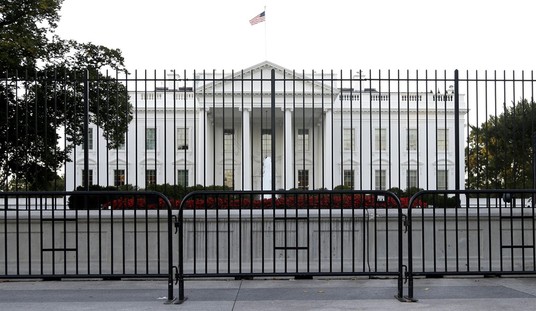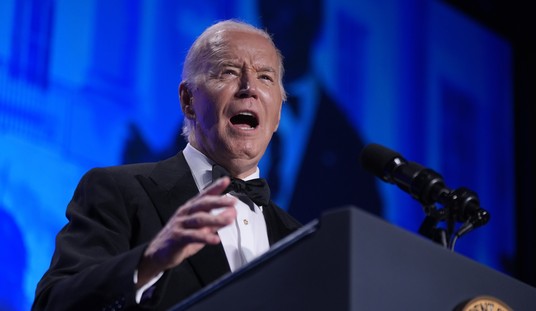Physicist Niels Bohr once observed that prediction is difficult, especially the future. I was reminded of that after speculating last week that gold prices would be up this week. In fact we closed lower on a shallow but steady downward drift.
After starting in the $1,650 range, gold closed in the low $1,640 an ounce range on Friday. All through the week we experienced volatility that steadily produced lower peaks and deeper troughs.
This week’s gold chart is exactly what one would expect to see in a gradually recovering economy coupled with softness in Asian demand. When things are going well, investors move money out of defensive investments, like gold and silver, and into more speculative investments like equities.
This steady downward drift is likely to continue as long as the economy stays on the mend, which is not all bad news. That means precious metals can go back the low-volatility, long-term pricing that was the norm in the gold and silver trade for decades.
There are numerous landmines in the road to economic recovery that could blow up this gradual improvement to a brighter tomorrow and induce investors to switch back to gold. Many precious metals analysts will point to the fact the U.S. government took on trillions in debt obligations for junk derivative investments from the big banks that are not accounted for in the bailout package, the budget or national debt.
While it’s true the government stepped in to insure those bad investments, it’s also true that banks and regulators have been steadily retiring those junk investments and replacing them with better quality instruments. So the exact dollar figure that Uncle Sam is still on the hook for is not known and the chances that the investment market will suddenly collapse and the government will have to pony up the cash to cover all those investments at the same time is growing gradually dimmer.
Recommended
Where gold prices end up in a recovering economy is pure speculation. Gold does not have an absolute value benchmark. As prices moderate there will be a point where demand starts to reassert itself. Asian markets and gold traders will see their business pick up and prices will find a new equilibrium.
That’s why the best course is to continue small, disciplined purchases of precious metals. If the market suddenly changes direction, you’ll be ready. If not it means the rest of the economy is doing well and you won’t need to convert your gold to cash anyway.

























Join the conversation as a VIP Member